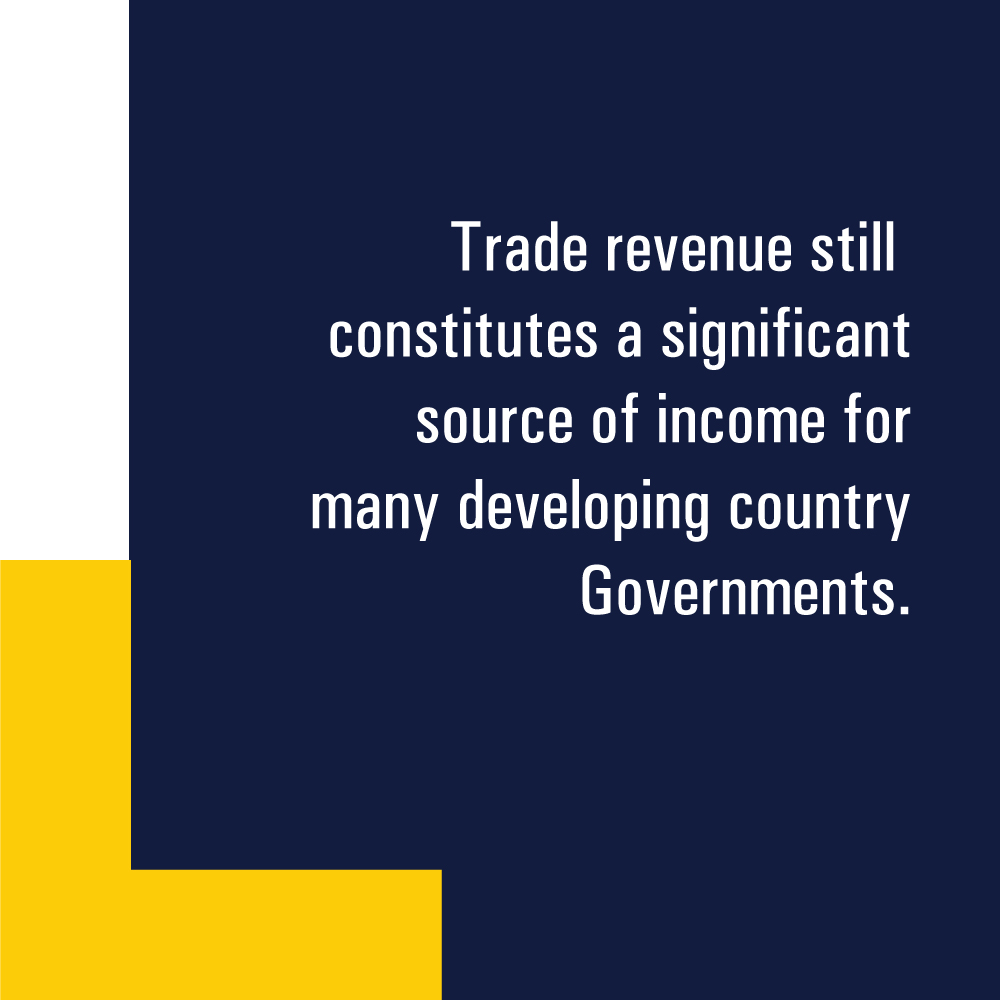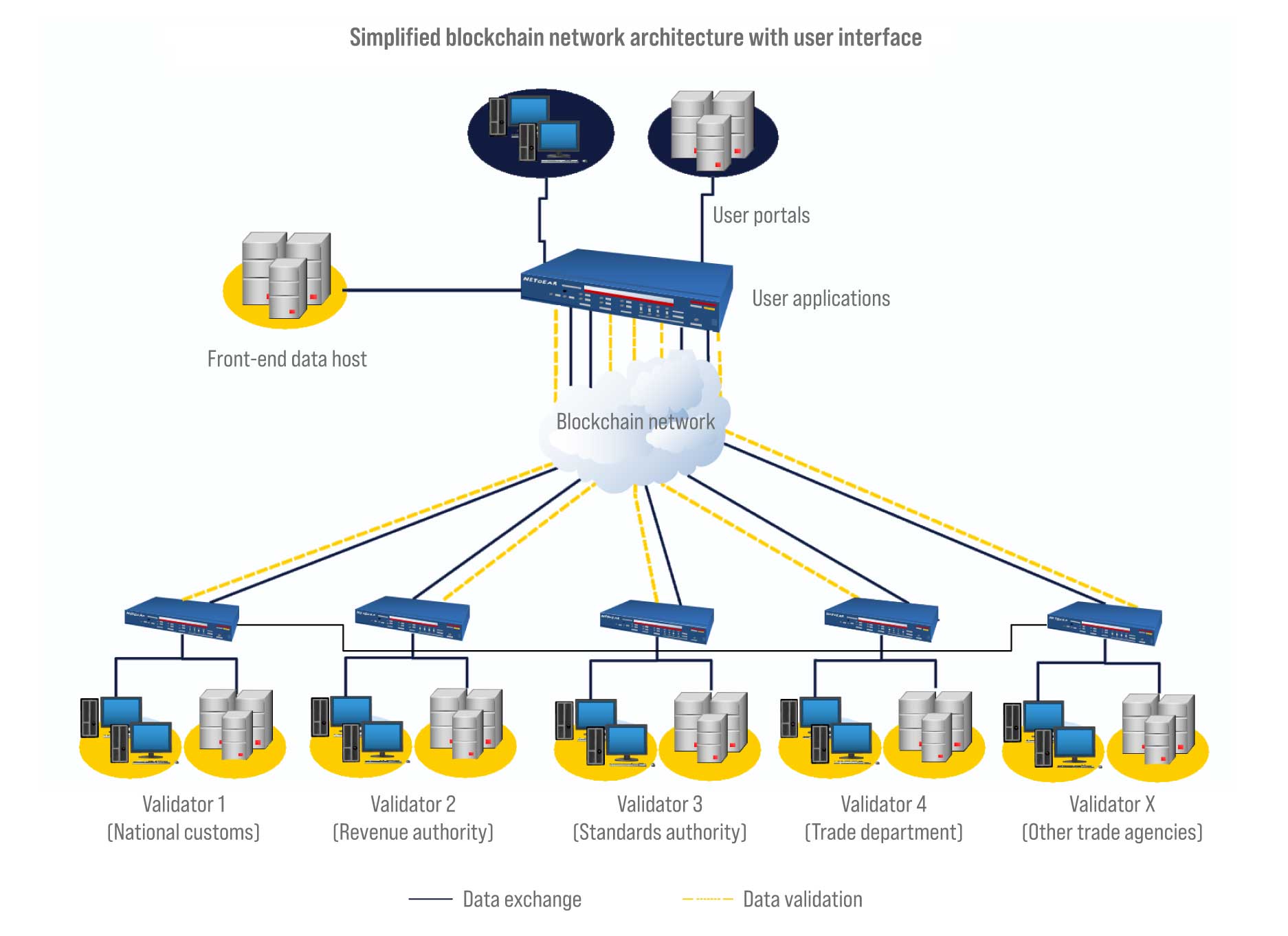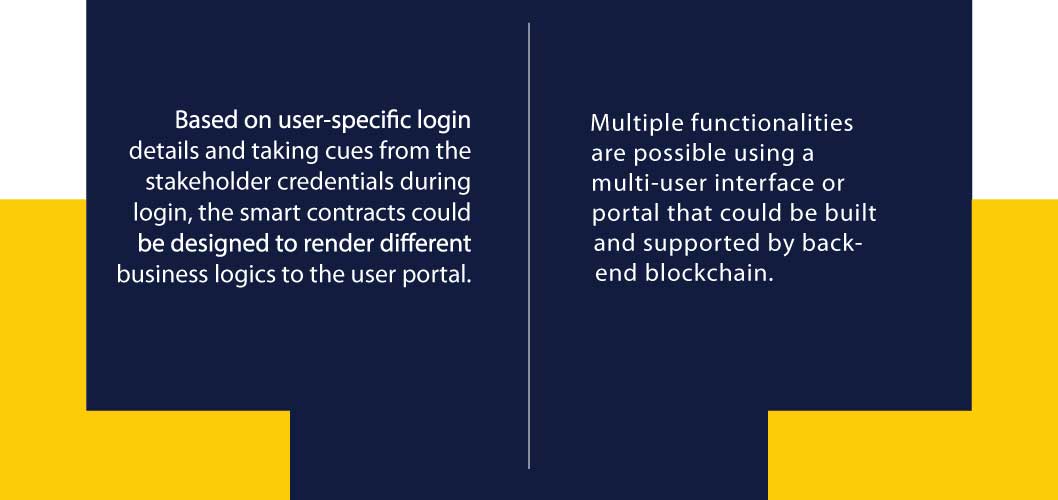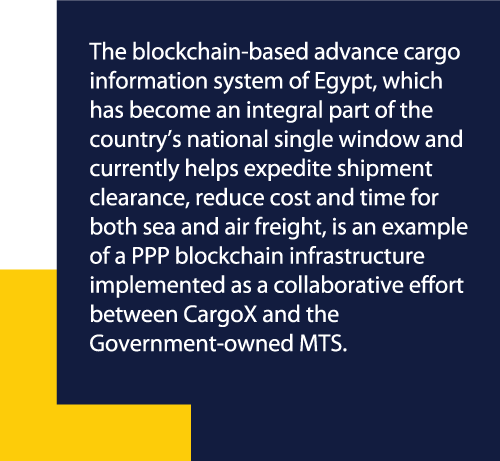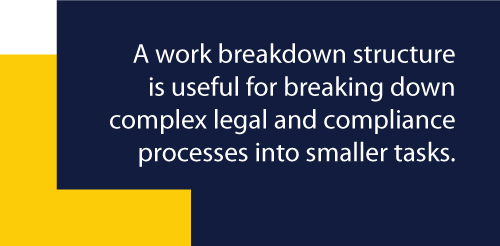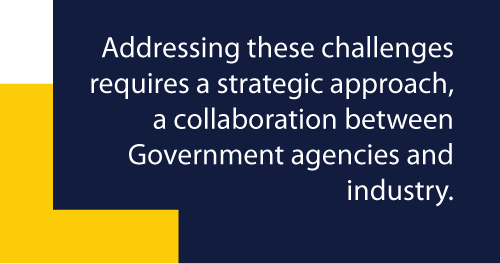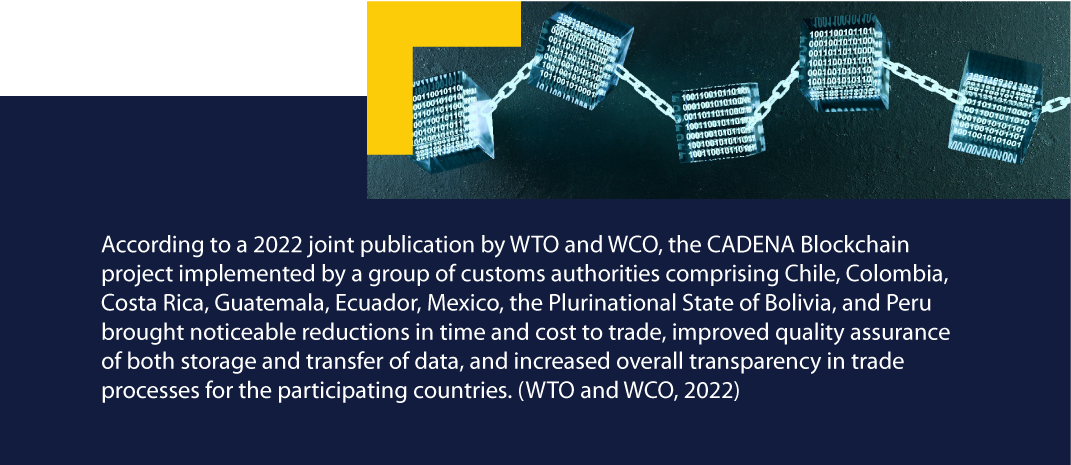
Regulatory and legal frameworks
Certain technical features and user-facing tools around blockchain technology necessitate new regulatory regimes and legal frameworks to support their use. For instance, digital signatures are a necessary and critical part of the technology. They allow the average user to interact with the blockchain. But most countries do not yet have laws that support the use or recognize digital signatures. Thus, Government agencies must find ways to navigate complex regulatory and legal frameworks or design new ones to ensure compliance with these new solutions in trade processes. New legal and regulatory frameworks for the use of blockchain technology must specifically address the use of smart contracts, digital signatures, privacy protection and data governance. But adapting existing regulations to accommodate the use of blockchain technology can be a significant challenge for most countries.

Incompatibilities with legacy infrastructure
Governments often operate multiple systems, databases and digital solutions for trade facilitation purposes. Thus, integrating blockchain solutions with this existing infrastructure to ensure seamless user experience can be complex or even impossible without disrupting the systems’ existing operational dynamics. Furthermore, certain physical infrastructure may already be programmed to operate with specific automation software and applications and thus may not be able to interoperate with a new technology back-end such as a blockchain network. This can present a significant challenge for the implementing body, which is exacerbated by the fact that many Government agencies still rely on outdated legacy systems that have been in place for years for their trade processing. Integrating blockchain solutions with these legacy systems can be complex and may require significant modifications, overhauling, significant adjustments, major updates, data migration or complete restructuring with significant cost implications.

Capacity and scalability limitations
Blockchain networks, particularly public networks, face scalability limitations in terms of space, throughput and performance. Meanwhile trade facilitation processes often involve a large volume of records together with a wide user base. This makes the capacity and scalability limitations of blockchain particularly significant. A critical consideration is thus to assess the limitations of the various blockchain solutions, architectures and consensus designs, which can significantly influence storage capacity, throughput and performance of the final product.

Architecture and design difficulties
Determining the appropriate technical specifications, specifically around processes such as network governance and consensus mechanisms, can be challenging when it comes to Government use of blockchain. This is because many design choices exist today regarding the consensus mechanism and architectural specifications. While certain specifications could be suitable for certain trade facilitation needs, they may not be suitable for other use-cases. This makes the process of finding the right architectural balance for the multiple trade facilitation needs of the Government a difficult task. Deciding on technical specifications around speed, security, level of decentralization, consensus algorithms and governance structures thus requires careful consideration of factors such as efficiency, transparency, authority and accountability.

Data privacy and security concerns
Data governance has become a key component of digital policy. While blockchain provides inherent security features, ensuring the privacy and security of sensitive Government data can still present a challenge, especially in cases of low cyber hygiene by the users. Given that most trade documents and data are proprietary, confidential and non-public, blockchain features such as data encryption as a default functionality of the technology are timely and necessary. But user-facing tools may still present critical vulnerabilities in the protection of such data. Thus, finding a balance between transparency and data protection is essential, especially when dealing with personal information and proprietary data.

Talent and expertise deficits
The shortage of the talent and expertise required – in development, architecture, consensus mechanisms, distributed systems and cryptography – to implement and maintain blockchain ecosystems remains one of the most significant challenges in the implementation and adoption of blockchain both in Government and in industry, especially as blockchain technology is still relatively new. Overcoming this challenge requires the Government to collaborate with industry or invest in training programmes and initiatives to build a competent workforce capable of developing, managing and utilizing the technology effectively.

Adoption and user acceptance challenges
Government leaders, stakeholders, employees and citizens may have limited understanding or even misunderstanding of blockchain technology, which can hinder adoption and user acceptance. Working to reform perceptions and transform beliefs around a technology can be a significant challenge. If attitudes towards the technology are negative, creating a positive mindset about the value and benefits of the technology can take time. Effective communication and education initiatives are crucial to build trust, increase awareness and create the needed mindset on the benefits and potential value gains of blockchain in Government services such as trade processing.

Resource constraints and cost concerns
Unlike traditional Web 2.0 applications, implementing a fully functional private blockchain and supported solutions can still involve significant costs – for infrastructure development, system integration and ongoing maintenance, as well as training, stakeholder empowerment and user support. Governments must carefully assess the value for money of implementing blockchain in trade processes against the long-term benefits of the technology to justify these costs.

